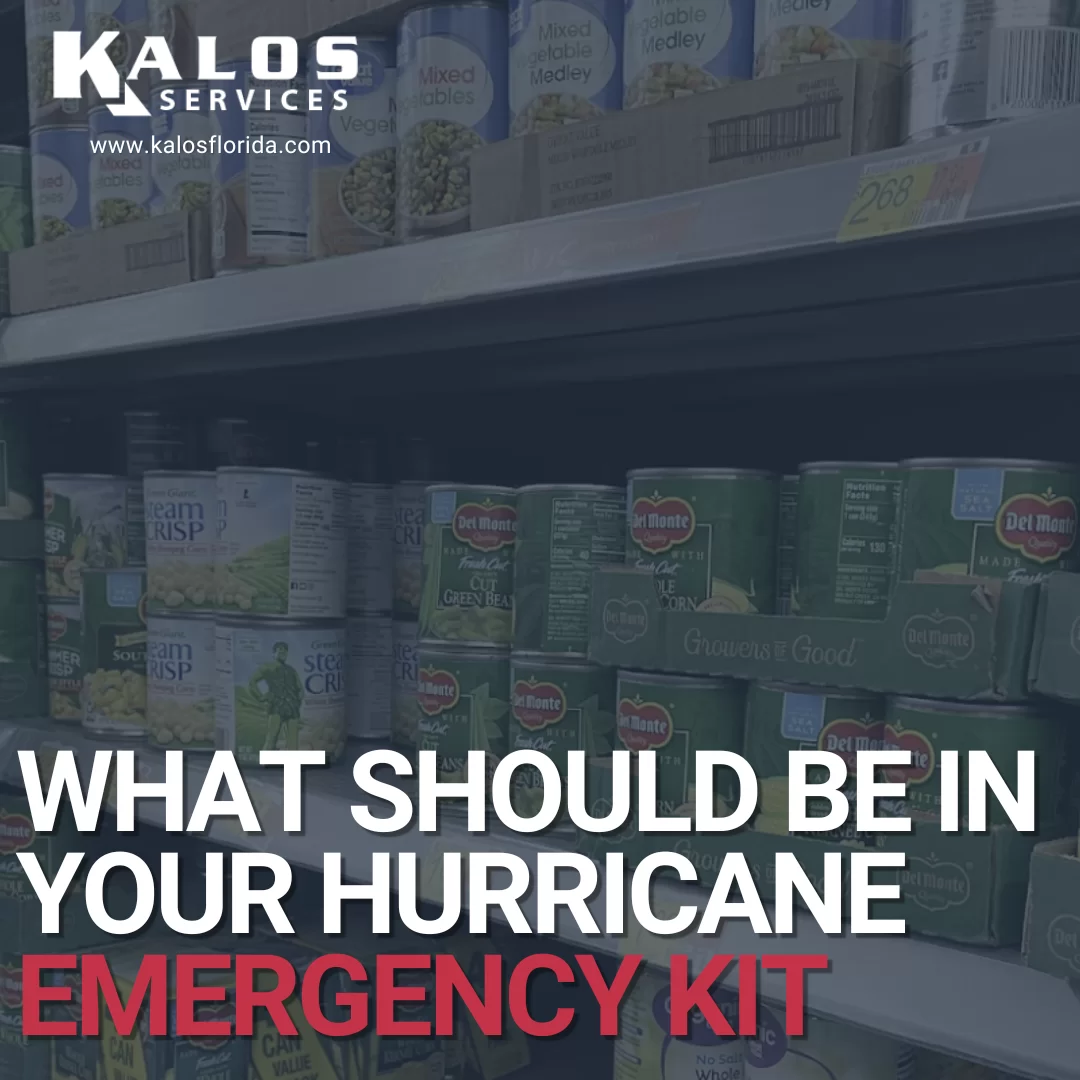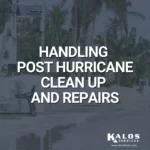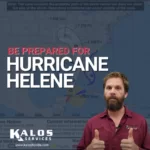The school year will be over before you know it, and that means hurricane season is right behind it. The Atlantic Hurricane Season runs from June 1st to November 30th, but storms have formed outside of that range before; seven of the last ten hurricane seasons have had at least one tropical storm or hurricane form before June 1st. That means it’s never too early to prepare for hurricanes by making a hurricane emergency kit.
We’re going to share our recommendations for a hurricane kit. It’s a good idea to gather all of these before hurricane season so that you don’t have to worry about panic buying when a tropical storm or hurricane looks like it might affect us.
Basic Supplies
These supplies are all basic survival necessities that you should make sure you have on hand before a storm. If nothing else, make sure you have the following items:
- Water
- One gallon per person per day
- 3-day supply for evacuation, 2-week supply for home
- Non-perishable food: Easy-to-prepare items
- 3-day supply for evacuation, 2-week supply for home
- Flashlight and extra batteries
- Battery-powered or hand-crank radio
- NOAA Weather Radio, if possible
- First aid kit
- Emergency blanket
- Medications
- 7-day supply
- Multi-purpose tool (like a Swiss Army knife)
- Sanitation and personal hygiene items
- Feminine hygiene products
- Wet wipes
- Hand sanitizer
- Tissue/toilet paper
- Copies of personal documents
- Medication list
- Pertinent medical information
- Proof of address
- Deed/lease to home
- Passports & driver’s licenses
- Birth certificates
- Insurance policies
- Cell phone with charger
- Family and emergency contact information
- Extra cash
- Extra fuel for generator and car

All of these items will cover your basic needs, like food, water, and life-saving medication. They will also allow you to identify yourself and communicate with others. If you have a backup generator, some backup fuel will also allow you to use electricity when the area around you might have an outage.
Special Considerations for Pets and Young Children
If you have pets and infants or toddlers, you will want to account for their needs as well. Try to make sure you have two weeks’ worth of supplies, especially if you plan to weather the storm at home:
- Baby essentials
- Formula
- Food
- Diapers
- Pet essentials
- Food
- Water
- Medications
First Aid Kit
You can pick up a basic first aid kit at most pharmacies and some supermarkets. However, you may decide to build your own or replenish a kit. Here are the items you will need for your first aid kit:
- Adhesive bandages (various sizes)
- Sterile gauze pads and adhesive tape
- Elastic bandages (ACE bandages)
- Triangular bandages (for slings)
- Antiseptic wipes or solution
- Antibiotic ointment
- Burn cream
- Hydrocortisone cream (for itching)
- Calamine lotion (for stings or poison ivy)
- Tweezers (for splinters)
- Scissors (for cutting gauze or tape)
- Thermometer
- Disposable gloves (non-latex)
- Instant cold packs
- Eye wash solution
Over-the-Counter Medications
Apart from prescription medications and the ointments in the first aid kit, it’s also a good idea to keep a few basic OTC medicines on hand:
- Pain relievers (like ibuprofen or acetaminophen)
- Antihistamines (for allergies)
- Antidiarrheals
- Laxatives
- Cough and cold medications
Items for Sheltering in Place
If you’re evacuating, you’ll likely end up in a safe location away from the storm and will have access to electricity and essentials. However, if you plan to shelter in place (as many in Central Florida do), it’s recommended that you keep the following items in your home:
- Sturdy shoes
- Complete change of clothing
- Moist towelettes, garbage bags, and plastic ties
- Manual can opener
- Local maps
- Whistle (to signal for help)
- Plastic sheeting and duct tape
- Sleeping bag or warm blanket for each person
- Fire extinguisher
- Matches in a waterproof container
- Extra set of car and house keys
- Mess kits, paper cups, plates, paper towels, and plastic utensils
- Books, games, puzzles, or other activities for children
We’ve covered a lot of ground here, and there’s a good chance you won’t need all of these items. However, it’s always better to plan for the worst-case scenario. Think about the items that apply to you and try to pick them up before hurricane season begins. That way, you don’t have to worry about grabbing last-minute essentials during a panic-buying spree or when stores close early before a storm.
You might also save some money if you watch the weekly ads of your preferred supermarket in the weeks leading up to hurricane season. You can stock up on these items whenever they show up at a discounted price. That way, you’ll gradually build your emergency stockpile without spending a lot at once.
You may also consider installing a backup generator in case you lose power. If you don’t have a backup generator and would like to install one, our residential electrical team would be happy to help. You can give us a call or text 24/7 at (352)-243-7099, and we can start discussing your generator options and give you a quote.






